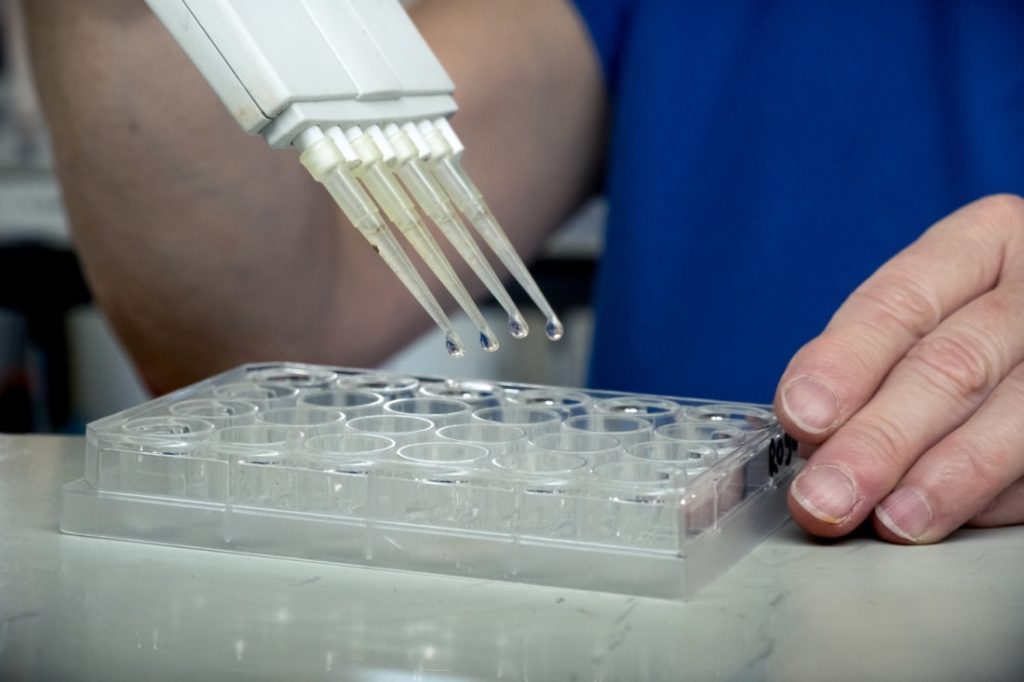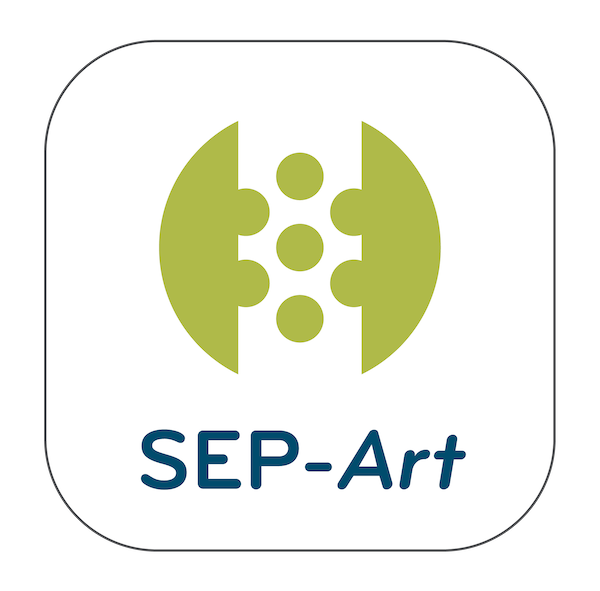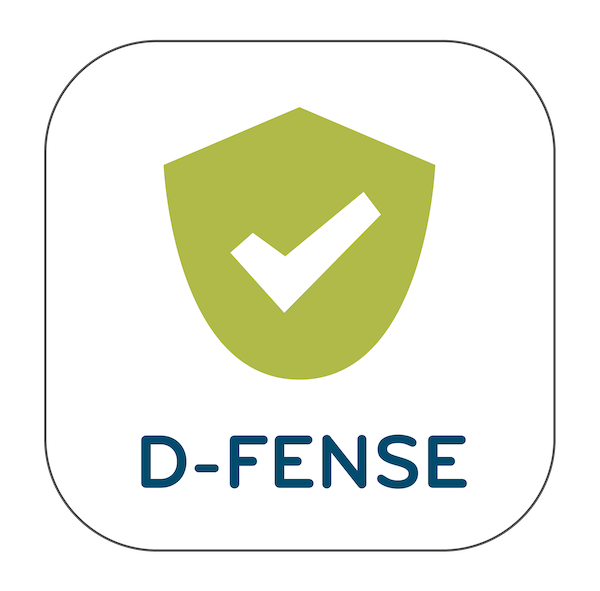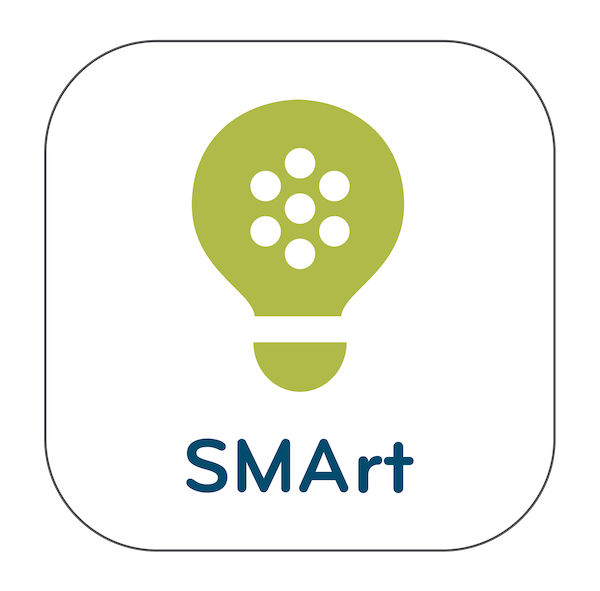What to consider when buying Artemia?
Given the importance, complexity and price of Artemia, hatcheries stand to benefit from a clever purchasing strategy. This implies an understanding not only of the product’s biology, but also of the available supply on the market. ‘Knowing what you pay for’ is key. This is obviously not always simple to detect, but mandatory to obtaining the best quality results vs costs.
‘Raw’ Artemia vs Artemia products
A first important distinction to make, is between ‘raw’ harvested Artemia and Artemia products that are specifically tailored to hatcheries’ needs. Freshly harvested Artemia cysts are in fact an impure and unstable product, that requires a considerable amount of work to turn into a safe and consistent food source for fish and/or shrimp larvae.

INVE Aquaculture as a leading Artemia supplier has spent years of research into mastering the processing technologies: from carefully removing foreign materials such as dirt and salt, to fine tuning the hydration and dehydration processes for optimal shelf life. For a highly processed batch detailed product fingerprinting documents the cyst’s hatching, performance, nutritional value and the biometrics of the nauplii.
Origin VS Characteristics
As opposed to some widespread misconceptions, the origin of Artemia cysts is not the sole determining factor for the final product’s quality or performance. In fact, scientists from INVE and the Artemia Reference Center of Ghent University in Belgium have proven that the differences between subspecies, strains and harvested batches of brine shrimp are related to many factors besides their origin. What does matter though, is the way Artemia suppliers manage the sources they are harvesting from and the way they process the cysts into an optimal and stable product.
Thanks to superior processing and fingerprinting techniques, cysts supplied by INVE Aquaculture are packed and labelled according to their specific characteristics such as size, hatching dynamic and nutritional value, regardless of their strain or origin.

Size and performance differences
It’s clear by now that Artemia is never ‘just Artemia’. To enable every hatchery to procure the exact type of Artemia that is most suited for their specific application,
INVE Aquaculture has translated its global offering into clear brands.
These Artemia brands each have their specific functionalities.
Artemia AF/BF: these brands offer small size Instar I nauplii with a high HUFA (highly unsaturated fatty acids) content. These cysts are especially suited to feed small fish larvae and are a nutritionally rich alternative to rotifers.
Artemia EG/TQ: EG and TQ branded cysts are selected for their flexibility and ease of use, with a tolerance to temperatures up to 31°C and a high suitability for enrichment. The TQ brand represents the genuine Great Salt Lake Artemia, recognized as the world’s top-quality source of Artemia.
Artemia IL/HIGH 5: under these brands INVE Aquaculture markets cysts from strains and sources with a diapause that is harder to break. The cysts are subjected to patented processing technologies that boost hatching efficiency and yield a very homogenous nauplii population.
Efficient use of Artemia: technology to the rescue
Given the growth of aquaculture and the fact that global Artemia resources are being exploited to their full sustainable capacity, a highly efficient application on the hatchery floor is an important challenge for the future. Even the best quality cysts on the market remain highly sensitive to storage and hatching conditions. Besides this, a meticulous application of feeding protocols and the adequate separation of the nauplii from their empty shells are crucial.
To make sure that hatcheries make the best possible use of the available Artemia (read: get a maximum of nauplii out of the cysts they purchase), new technologies are continuously developed to eliminate the risk factors in Artemia hatching. INVE Aquaculture has recently updated its Artemia product portfolio to offer three added-value technologies.

The patented SEP-Art® technology applies a coating on the cysts which responds strongly to magnetic fields to flawlessly separate the nauplii from their shells.

D-FENSE technology suppresses the growth of bacteria such as Vibrio sp during the Artemia hatching process

SMArt, another new INVE Aquaculture technology, allows cysts to hatch optimally despite suboptimal illumination conditions.
Looking ahead, INVE Aquaculture’s R&D department confirms that future strategies will include the elimination of other risk factors such as the incubation temperature of the Artemia cysts.
A new era has started for Artemia, moving from simple raw material into a complex product that is more and more adapted to customers’ needs.
This article is featured on the following websites:
The Fish Site
Seafood-TIP


